Sequences of Numbers Study Guide
A sequence is an ordered list of numbers. In mathematics, sequences are often denoted by {an}, where "a" represents the terms of the sequence and "n" represents the position of the term in the sequence.
Types of Sequences
There are several types of sequences, including:
- Arithmetic Sequences: In an arithmetic sequence, each term is obtained by adding a constant difference to the previous term. The general form of an arithmetic sequence is: an = a1 + (n-1)d, where a1 is the first term, n is the position of the term, and d is the common difference.
- Geometric Sequences: In a geometric sequence, each term is obtained by multiplying the previous term by a constant ratio. The general form of a geometric sequence is: an = a1 * r^(n-1), where a1 is the first term, n is the position of the term, and r is the common ratio.
- Fibonacci Sequence: The Fibonacci sequence is a special sequence in which each term is the sum of the two preceding terms. The sequence starts with 0 and 1, and the subsequent terms are found by adding the previous two terms together.
Study Tips
Here are some tips for studying sequences of numbers:
- Understand the difference between the types of sequences and how to identify them.
- Practice generating sequences and finding specific terms in the sequence.
- Work on solving problems involving real-life situations that can be modeled using sequences.
- Use visual aids, such as charts or graphs, to understand the patterns in sequences.
- Review the formulas and properties of arithmetic and geometric sequences.
Example Problems
Here are some example problems to test your understanding of sequences:
- Determine the 10th term of the arithmetic sequence: 3, 7, 11, 15, ... (with a common difference of 4).
- Find the 5th term of the geometric sequence: 2, 6, 18, 54, ... (with a common ratio of 3).
- Identify the next three terms in the Fibonacci sequence: 0, 1, 1, 2, 3, ...
Remember, practicing is key to mastering sequences of numbers. Good luck with your studies!
[Sequences Of Numbers] Related Worksheets and Study Guides:
.◂Math Worksheets and Study Guides Fourth Grade. Money
Study Guide Money
Money  Activity Lesson
Activity Lesson How Much Change?
How Much Change?  Activity Lesson
Activity Lesson Garage Sale
Garage Sale  Activity Lesson
Activity Lesson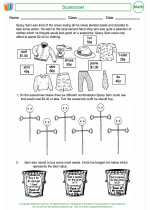 Scarecrow!
Scarecrow!  Worksheet/Answer key
Worksheet/Answer key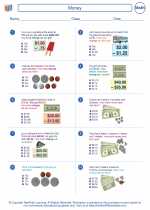 Money
Money  Worksheet/Answer key
Worksheet/Answer key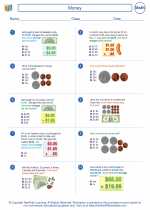 Money
Money  Worksheet/Answer key
Worksheet/Answer key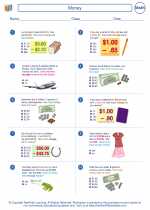 Money
Money  Worksheet/Answer key
Worksheet/Answer key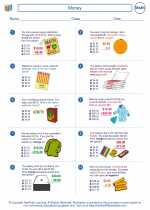 Money
Money  Worksheet/Answer key
Worksheet/Answer key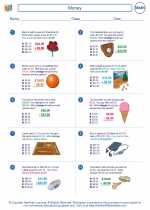 Money
Money  Worksheet/Answer key
Worksheet/Answer key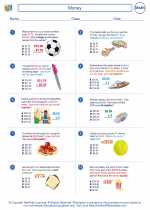 Money
Money  Worksheet/Answer key
Worksheet/Answer key Money
Money 

 Activity Lesson
Activity Lesson
 Activity Lesson
Activity Lesson
 Activity Lesson
Activity Lesson
 Worksheet/Answer key
Worksheet/Answer key
 Worksheet/Answer key
Worksheet/Answer key
 Worksheet/Answer key
Worksheet/Answer key
 Worksheet/Answer key
Worksheet/Answer key
 Worksheet/Answer key
Worksheet/Answer key
 Worksheet/Answer key
Worksheet/Answer key
 Worksheet/Answer key
Worksheet/Answer key

Create And Print more Money worksheets with Money Skills Worksheets generator
The resources above cover the following skills:
Algebra (NCTM)
Use mathematical models to represent and understand quantitative relationships.
Model problem situations with objects and use representations such as graphs, tables, and equations to draw conclusions.